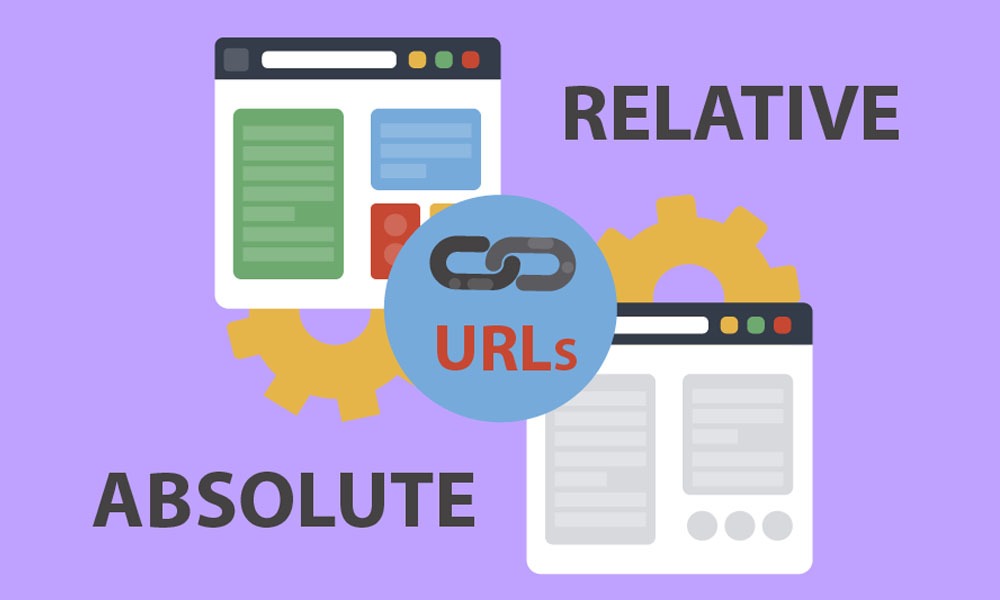Absolute Links vs. Relative Links
When it comes to creating links on your website or blog, you have two options: absolute links and relative links. Both have their own advantages and disadvantages, and it’s important to understand when to use each one. In this article, we’ll dive deeper into what these two types of links are, how they work, and when you should use them.
Absolute Links
An absolute link is a hyperlink that includes the full URL to a webpage or file. This means that the link specifies the exact location of the destination webpage or file, including the protocol (http, https, ftp, etc.), domain name, and any additional path information.
Here’s an absolute link https://example.com/
When you use an absolute link, it’s important to ensure that the URL is correct and up-to-date. If the destination webpage or file moves or changes, you will need to update the absolute link to point to the new location. Absolute links are often used when linking to external sites or when you want to specify an exact location on your own site.
Advantages and Disadvantages Absolute Links
The absolute links have their own advantages and disadvantages.
The advantages:
- They provide a specific, unambiguous URL for the destination page or file.
- They can be used to link to external sites or to specific locations on your own site.
The disadvantages:
- They can become outdated if the destination page or file moves or changes.
- They can be long and cumbersome, especially when linking to deep pages on your own site.
Relative Links
A relative link, on the other hand, is a hyperlink that specifies the location of the destination webpage or file relative to the current page. This means that the link does not include the full URL, but only specifies the path to the destination file or page, relative to the current page.
For example, let’s say you have a website with the following structure:
example.com/
├index.html
├ about/
│ └─index.html
└─blog/
├ index.html
└─post-1.html
If you want to link to the “about” page from the homepage, you can use a relative link like this:
about/index.html
Relative links are often used when linking within your own site or when you want to specify a destination relative to the current page.
Advantages and Disadvantages Relative Links
The relative links have their own advantages and disadvantages.
The advantages:
- They are shorter and more concise than absolute links.
- They are easier to manage when linking within your own site.
The disadvantages:
- They can be ambiguous if the site structure changes.
- They cannot be used to link to external sites or to specific locations on your own site.
When to use Absolute Links and Relative Links?
The decision to use absolute links or relative links ultimately depends on the situation. Here are some guidelines to help you decide:
Use Absolute Links:
- When linking to external sites or specific locations on your own site.
- When creating links that need to be shared outside of your site.
Use Relative Links:
- When linking within your own site.
- When creating links that are likely to change due to site structure changes.
In conclusion, both absolute links and relative links have their own benefits and drawbacks. It’s important to choose the right type of link for each situation, based on the specific needs and goals of your website or blog.
Still confused!
You can contact us to get to understand the subject as our reliable and professional web development service in Dubai can be a great help. Discuss your web development matters our expert and get the solutions Today!

